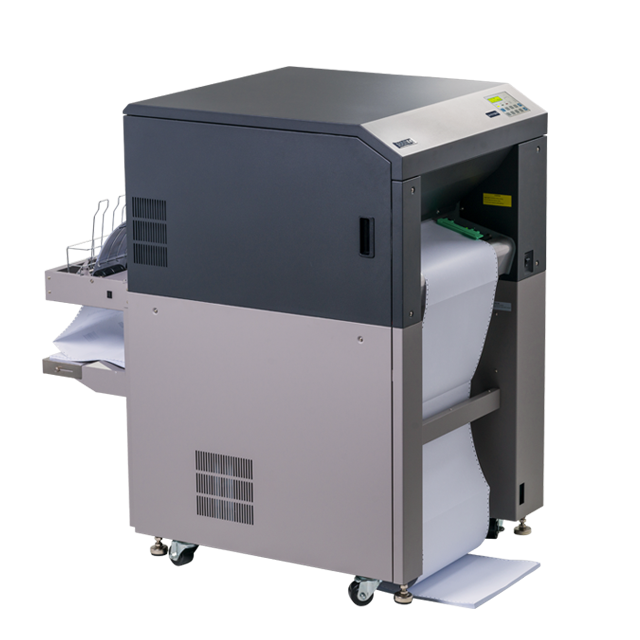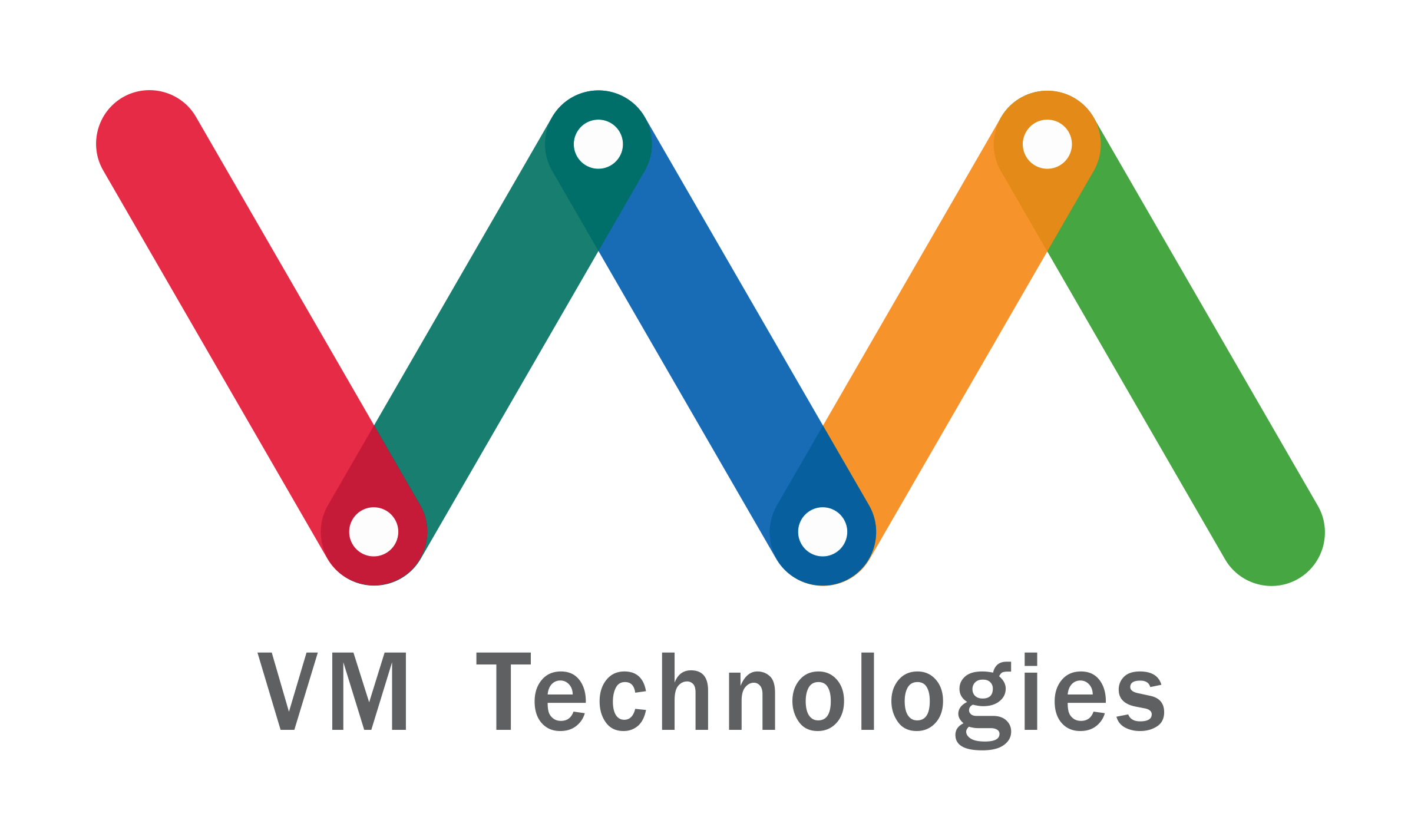Private wealth is growing - where to put all that money?
Recently, the financial assets of private households have grown strongly - and savings deposits are not worthwhile. How do you invest liquid assets cleverly? Streaming instead of cinema, eating at home instead of in a restaurant, trips instead of holidays - and larger purchases such as furniture have been postponed: The Corona crisis made it difficult to spend money and private consumption declined sharply. This did not remain without consequences: In 2020, the savings rate of households in Europe climbed to a staggering 16.2 per cent, according to the Federal Statistical Office. By comparison, it was only 10.9 per cent in 2019. Anyone who thought it couldn't get any higher was mistaken, because in the first quarter of 2021 the figure climbed to 23.2 per cent, according to the press release.
The problem is that savings and demand deposits yield practically no interest. Some banks now even charge penalty interest on the latter. So it makes sense to think about alternative investment options.
Savings plans as an option for those entering the stock market
Are you toying with the idea of investing your money at exness personal area with potentially higher returns, but are waiting for the right time? Then you are not alone: This is the situation faced by many people who want to invest in shares, equity funds or ETFs on stock indices. The catch is that no one can accurately predict future performance, which makes timing difficult. A significant price decline may come shortly or not for a very long time. Fortunately, there is not only an "either or" but also a "both/and".
With savings plans, it is possible to start with a one-off payment and then continue with monthly savings instalments. The following rule of thumb applies: The smaller the one-off payment, the less important the timing. This is because if the monthly savings amounts remain the same, the cost-average effect kicks in: when prices are low, you buy more units, when prices are high, you buy fewer. The prices average out at the end of the day. This eliminates the problem of finding the right moment.
But what is a high, what is a low one-off payment? This has to be seen in relation to your liquid assets, which serve as a risk buffer. The logic behind this is the same as in our sample portfolios for beginners. The different variants also illustrate how different levels of cash reserves affect performance as well as volatility and risk.
Cost-average effect for advanced investors
You are not new to the stock market, but have been investing money in shares, ETFs or funds for a long time? If you have recently accumulated more liquid assets, you may also be facing a timing problem: buy now or wait?
In this case, there is nothing to stop you from using the cost-average effect. Set yourself a time frame in which you would like to build up the desired position size, for example twelve or 24 months. If a desired security is available as a savings plan, you can make it particularly convenient for yourself: Simply select the savings rate in the appropriate amount and let the savings plan run over the planned period. It is also possible to purchase shares yourself at regular intervals for a certain amount. The important thing for this approach is the appropriate discipline. If you deviate from your plan depending on the mood and market situation, the average cost effect will not work.

Inexpensive to purchase, inexpensive to operate: the SOLID F40 is the most economical printer in its class. As a continuous laser printer for
medium printing volumes it covers a very broad spectrum of deployment areas. The powerful Microplex Controller guarantees connection versatility,
easy system integration and high printing performance. Cold fusing via Xenon flash lamps also enables thermally sensitive materials
such as plastic or PVC to be used. And fusing is also trouble-free even on thick materials.
-
Most economical cold fusing printer on the market
-
Prints on paper, PVC, plastic, etc.
-
USB, Ethernet (10/100 Mbit) as standard
-
Laser and matrix printer compatible
-
SAP with the standard PCL5e emulation
-
Perfect control via Status Out
-
Optional IPDS emulation making it the printer of choice for IBM solutions




